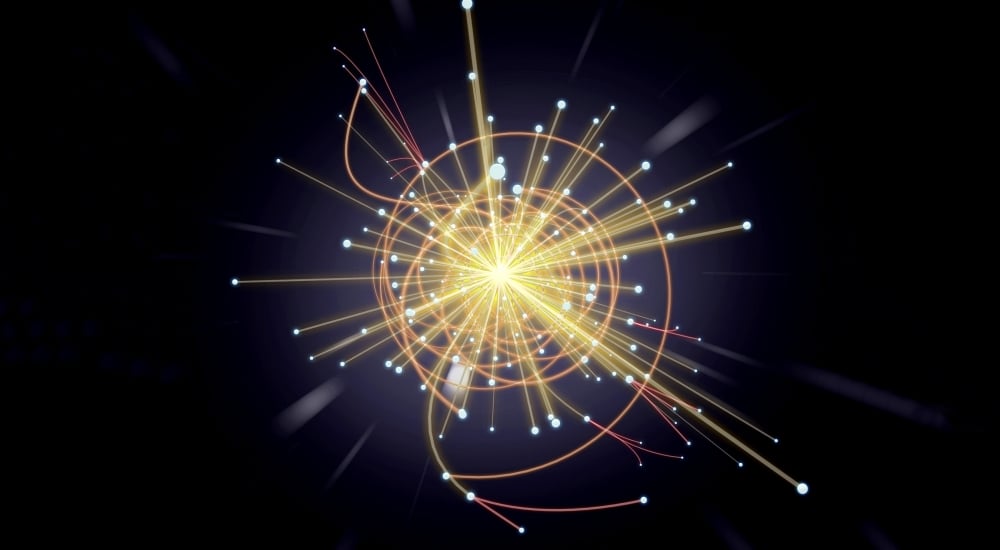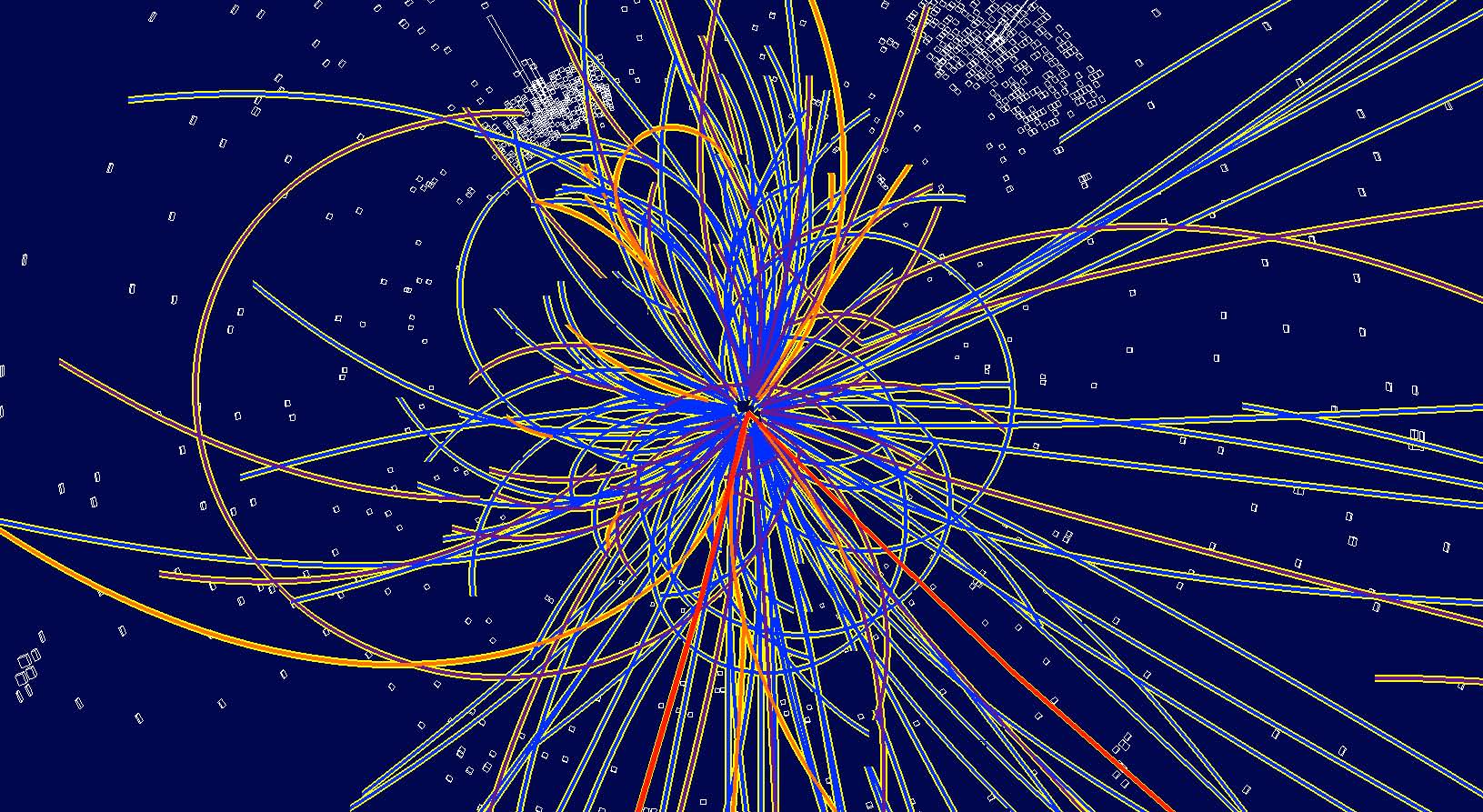Particle physics originated from the idea of dissecting matter in the most elementary of constituents. Ancient Greeks called them the atoms. In the past century, science has revealed a deeper, smaller realm, called the Standard Model: three families of fermions and four fundamental interactions that make up all we see around us. A key part of the Standard Model is the Higgs boson, which was observed in 2012.
But there are still questions to be answered beyond the Standard Model. It only describes five percent of the known universe; the other 95 percent is still unknown and is in the form of what we call “dark matter” and “dark energy”. And there are still questions within the Standard Model itself. What provides for the hierarchy of masses between families? Why, at the small scale, is gravity so weak compared to the other forces of nature?
These are some of the questions particle physicists at PI are trying to address. Their work has great overlap with astrophysics and cosmology. Besides pursuing new theoretical directions, they also design new experiments that promise to shed light on these questions. These experiments range from dark-matter and hidden-sector searches at particle colliders and underground facilities, to new techniques for table-top experiments seeking to detect new forces and gravitational waves.
Particle physics researchers
-
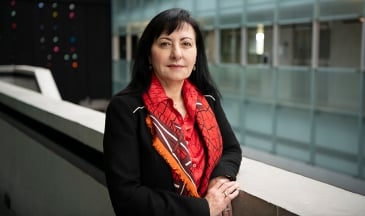
-
Asimina Arvanitaki
Research Faculty
Perimeter Research Chair
Stavros Niarchos Foundation Aristarchus Chair in Theoretical PhysicsParticle Physics -
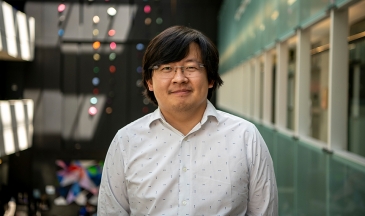
-
Asimina Arvanitaki
Research Faculty
Perimeter Research Chair
Stavros Niarchos Foundation Aristarchus Chair in Theoretical PhysicsParticle Physics -

Savas Dimopoulos
Perimeter Research Chair (Visiting)
Coril Holdings Archimedes Chair in Theoretical Physics (Visiting)Particle Physics -

-
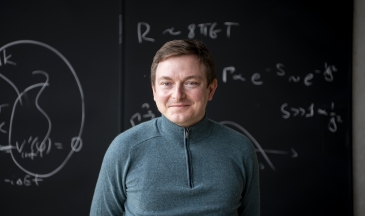
-
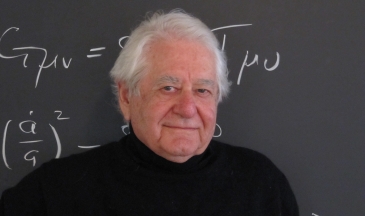
John Moffat
Research Associate
Senior Research AffiliateCosmologyParticle PhysicsQuantum GravityStrong Gravity -

